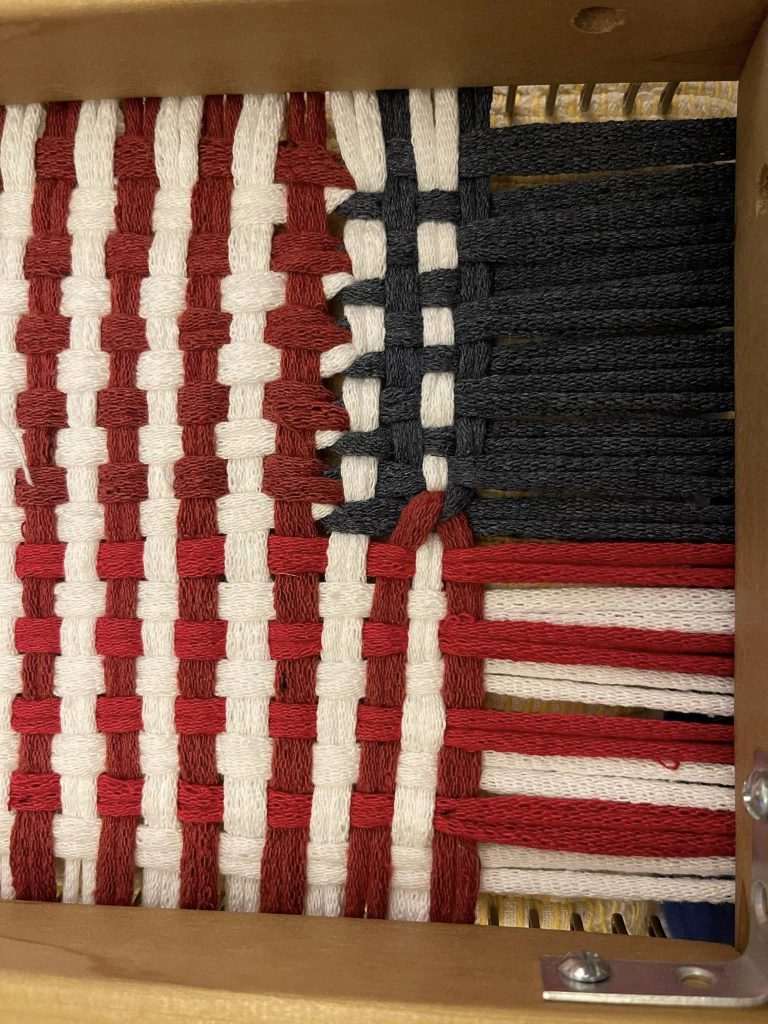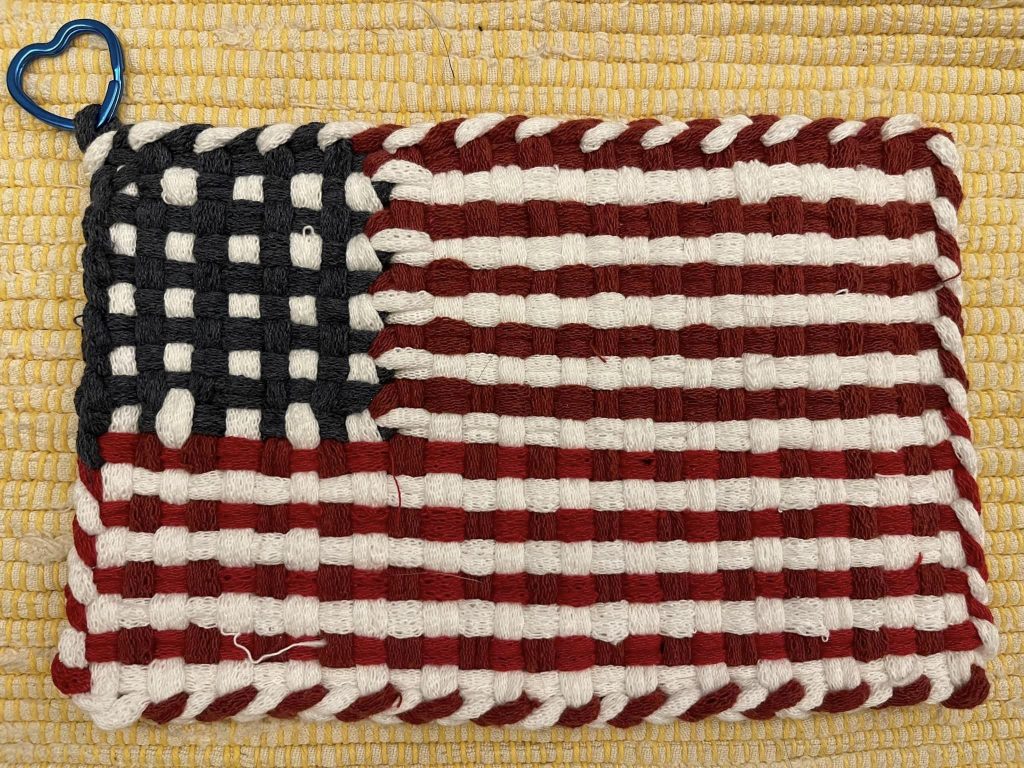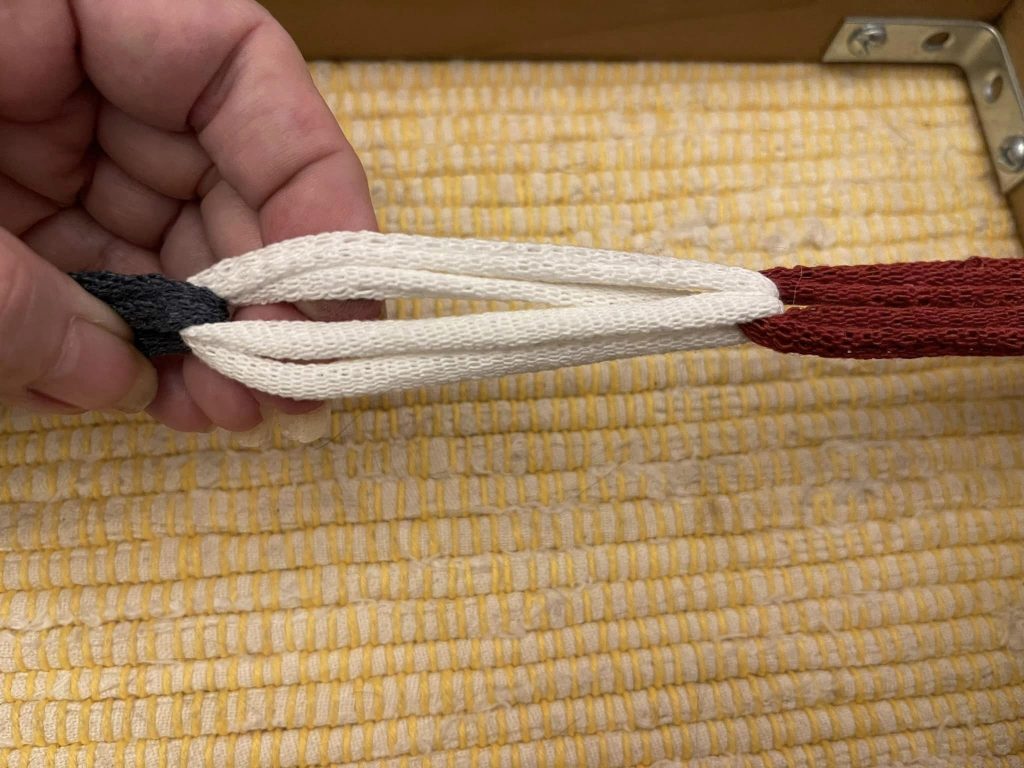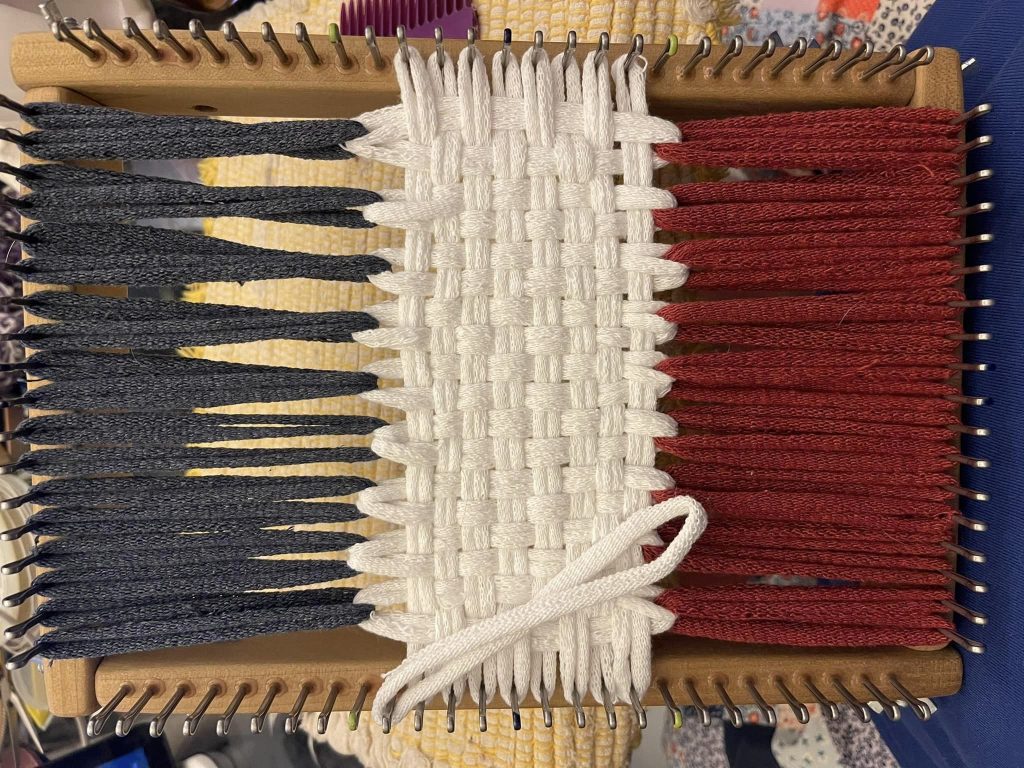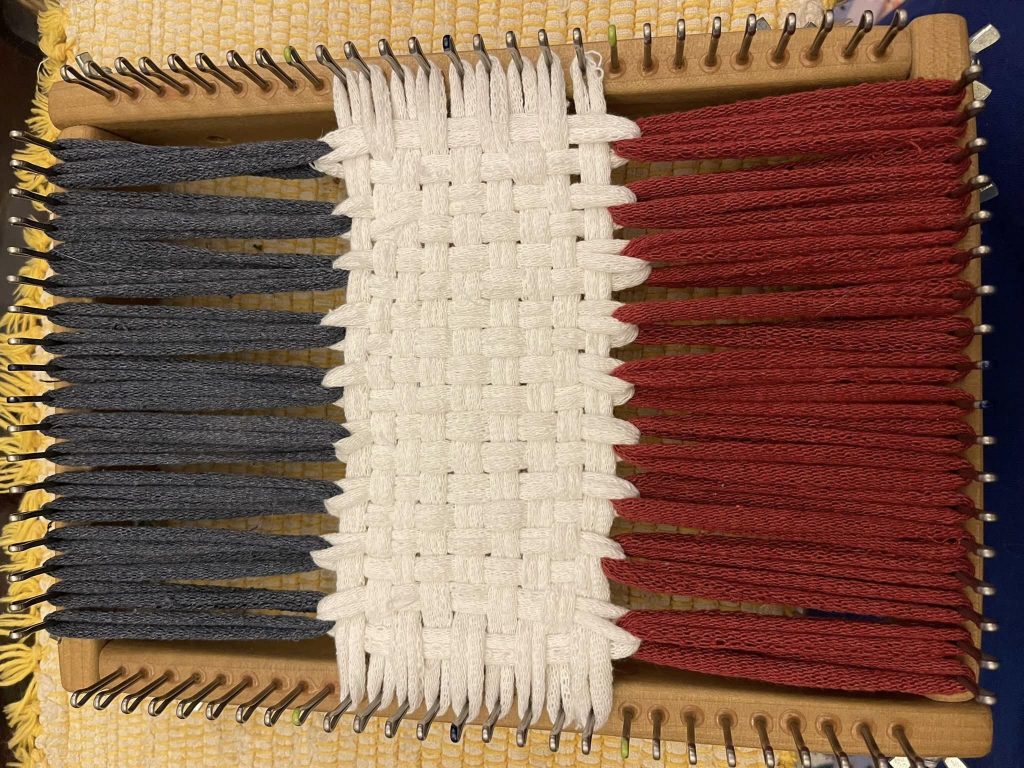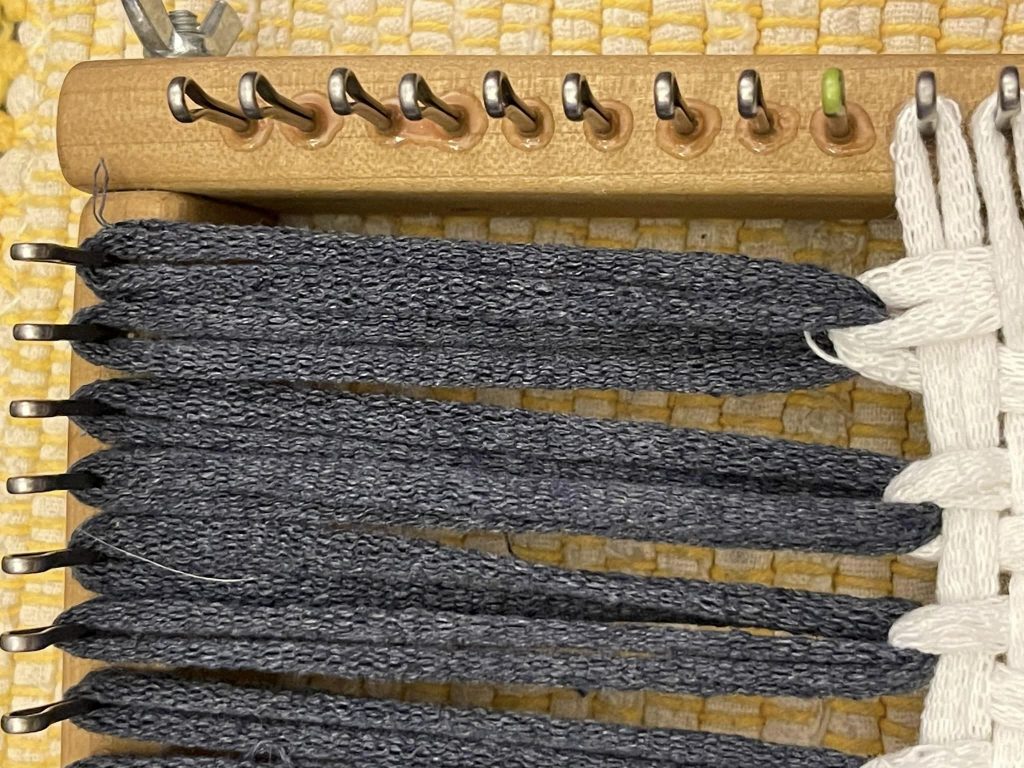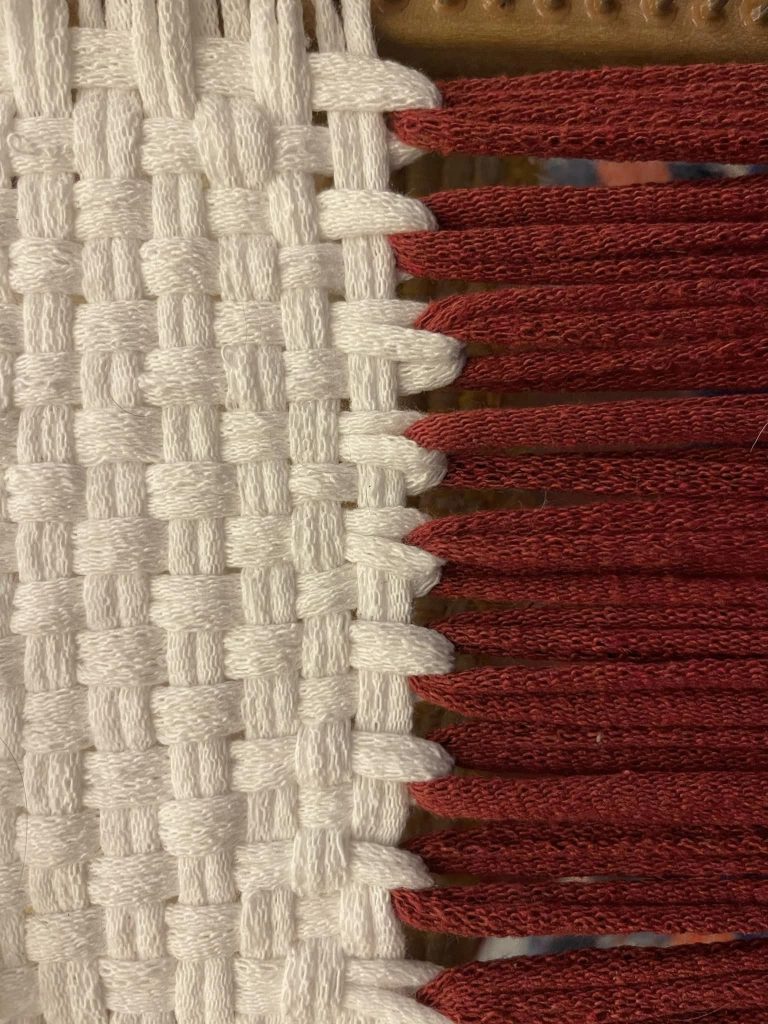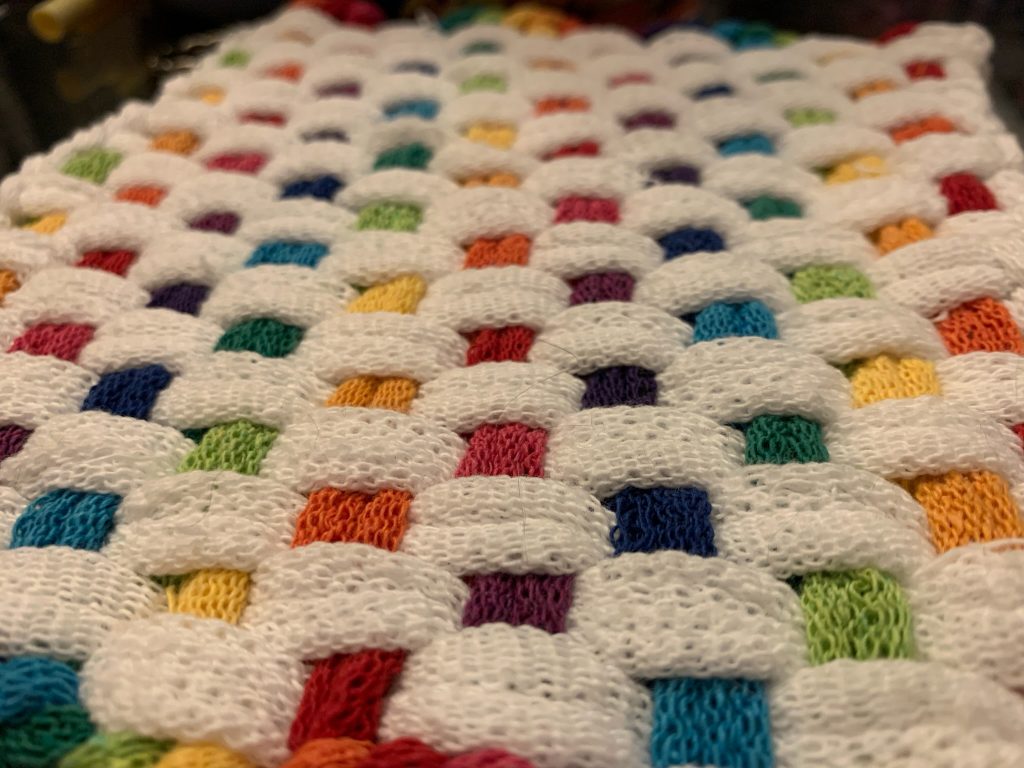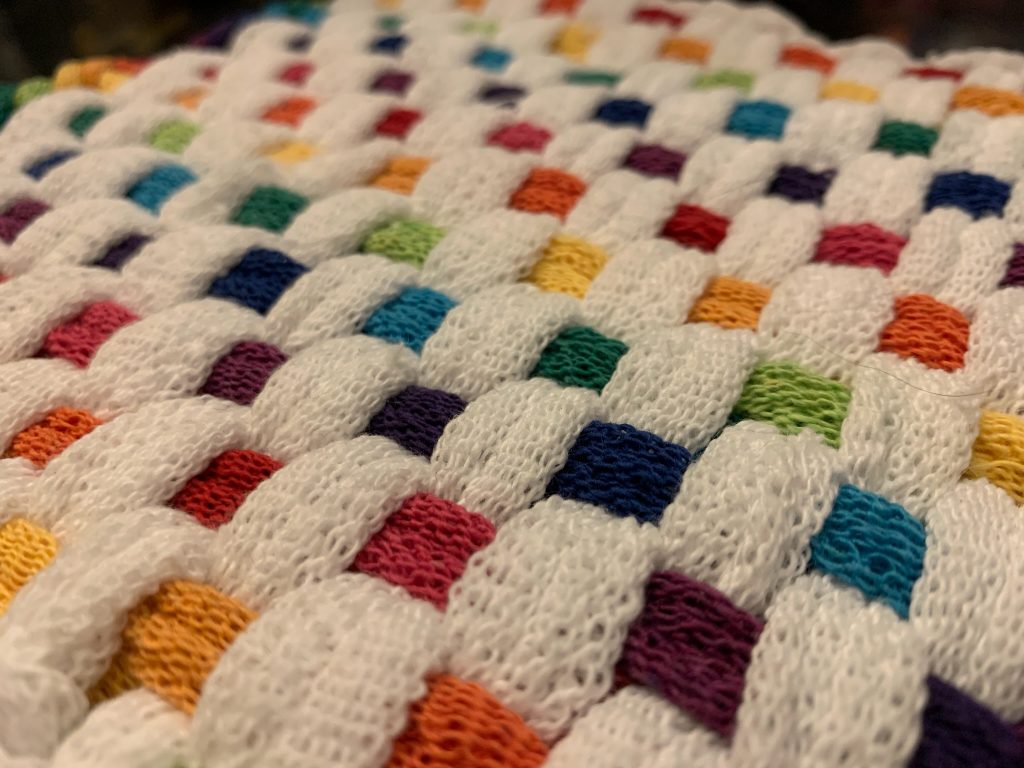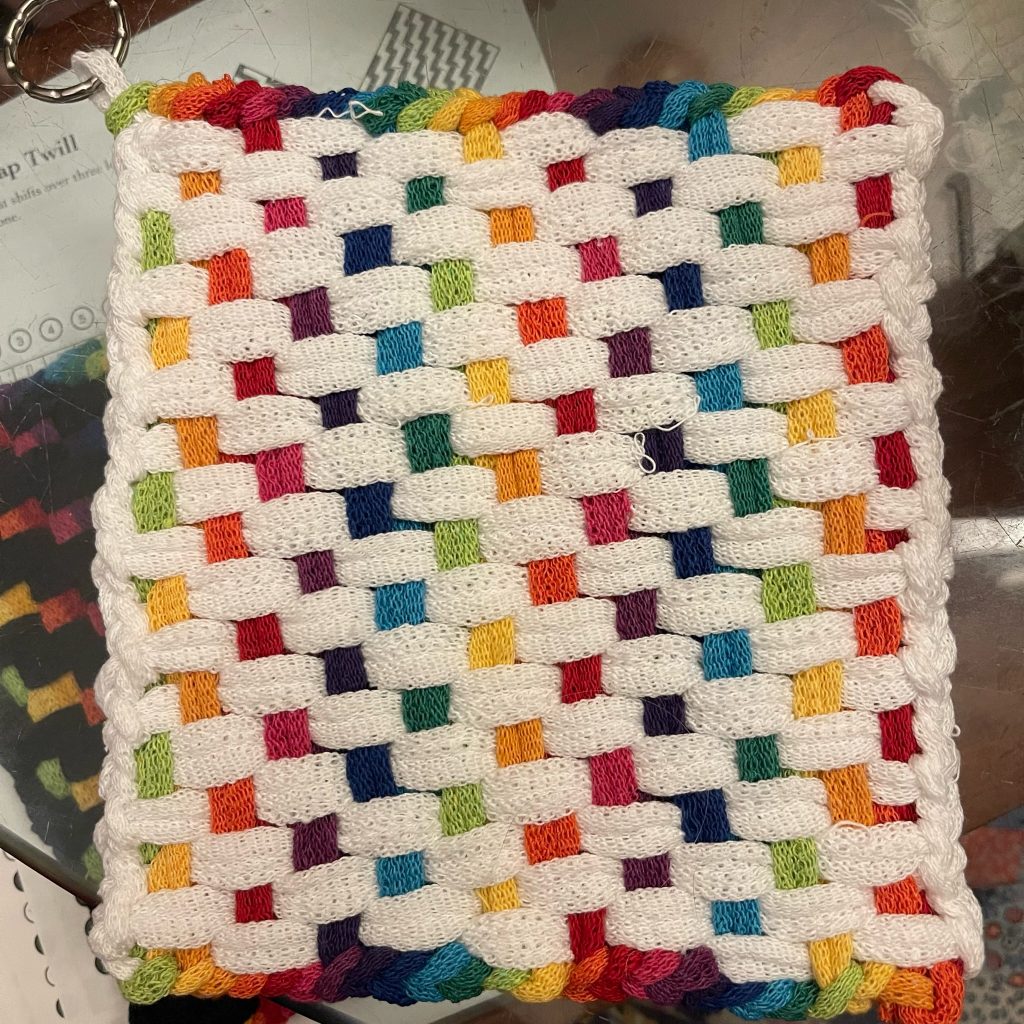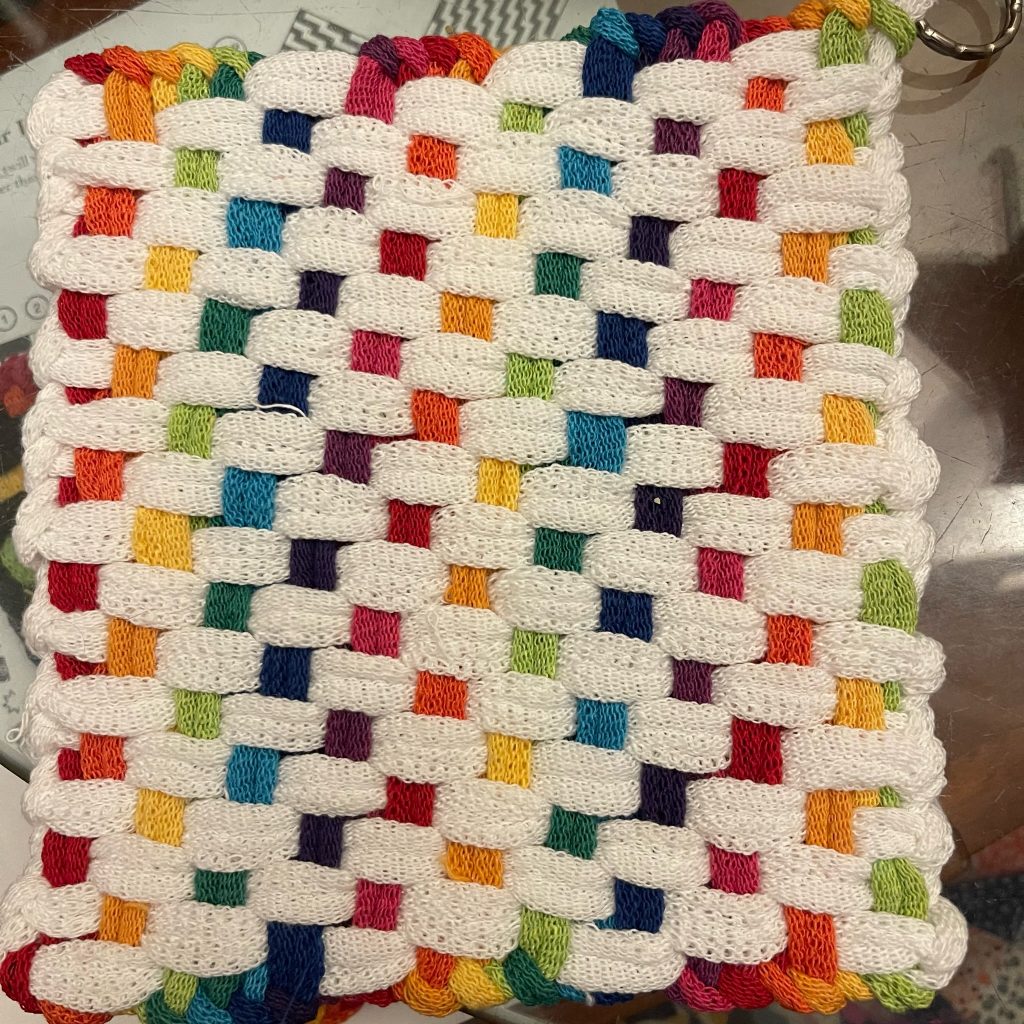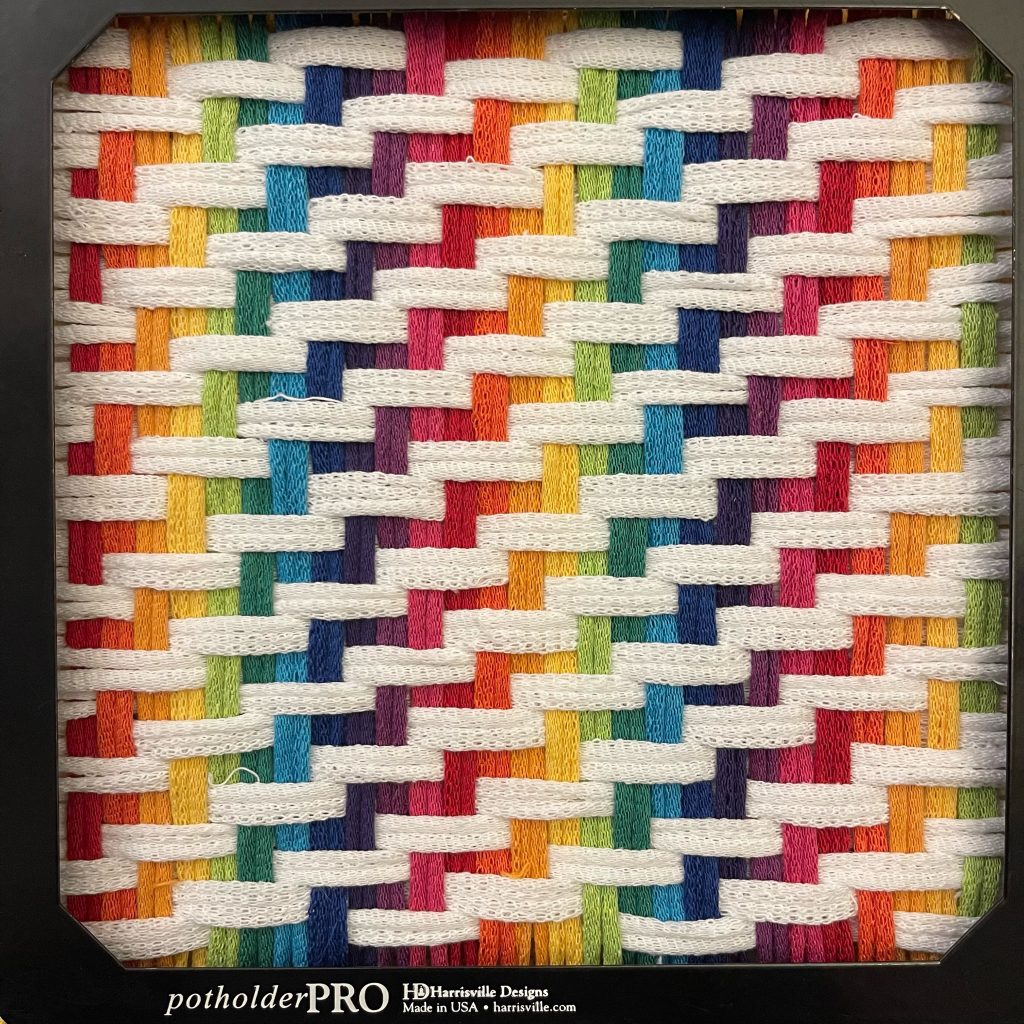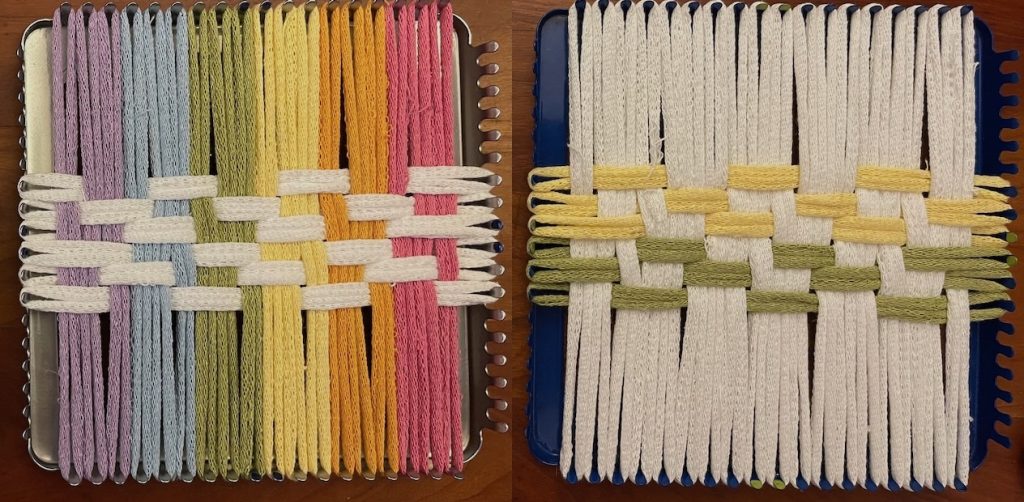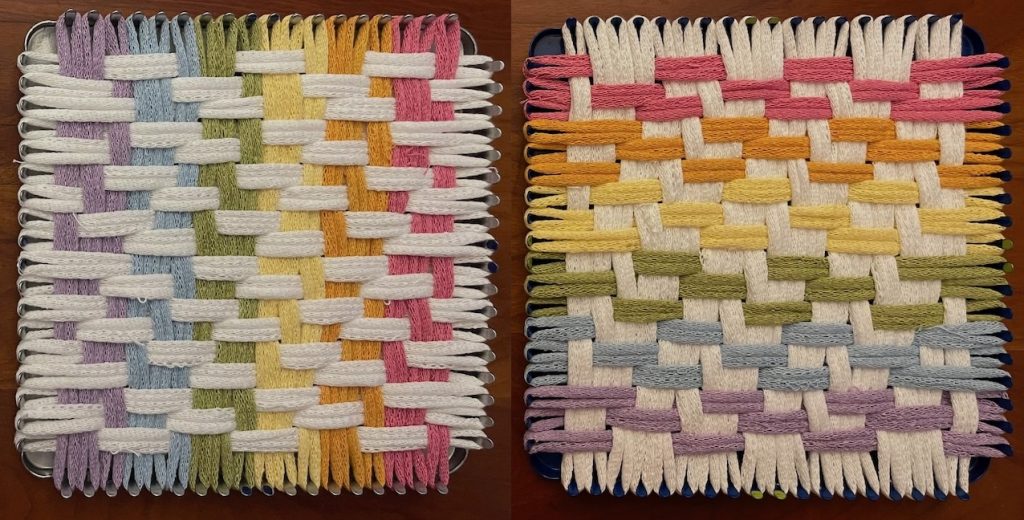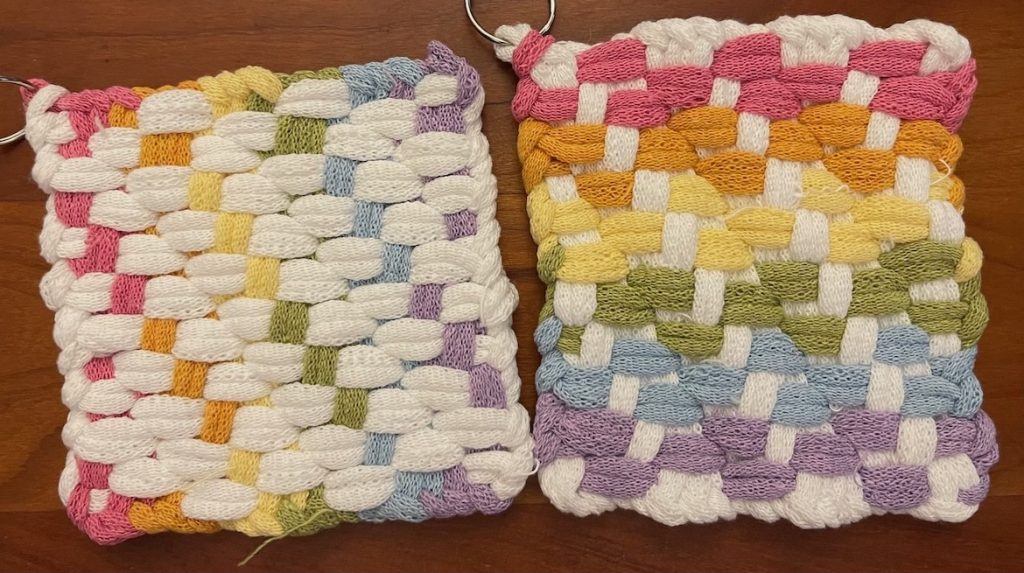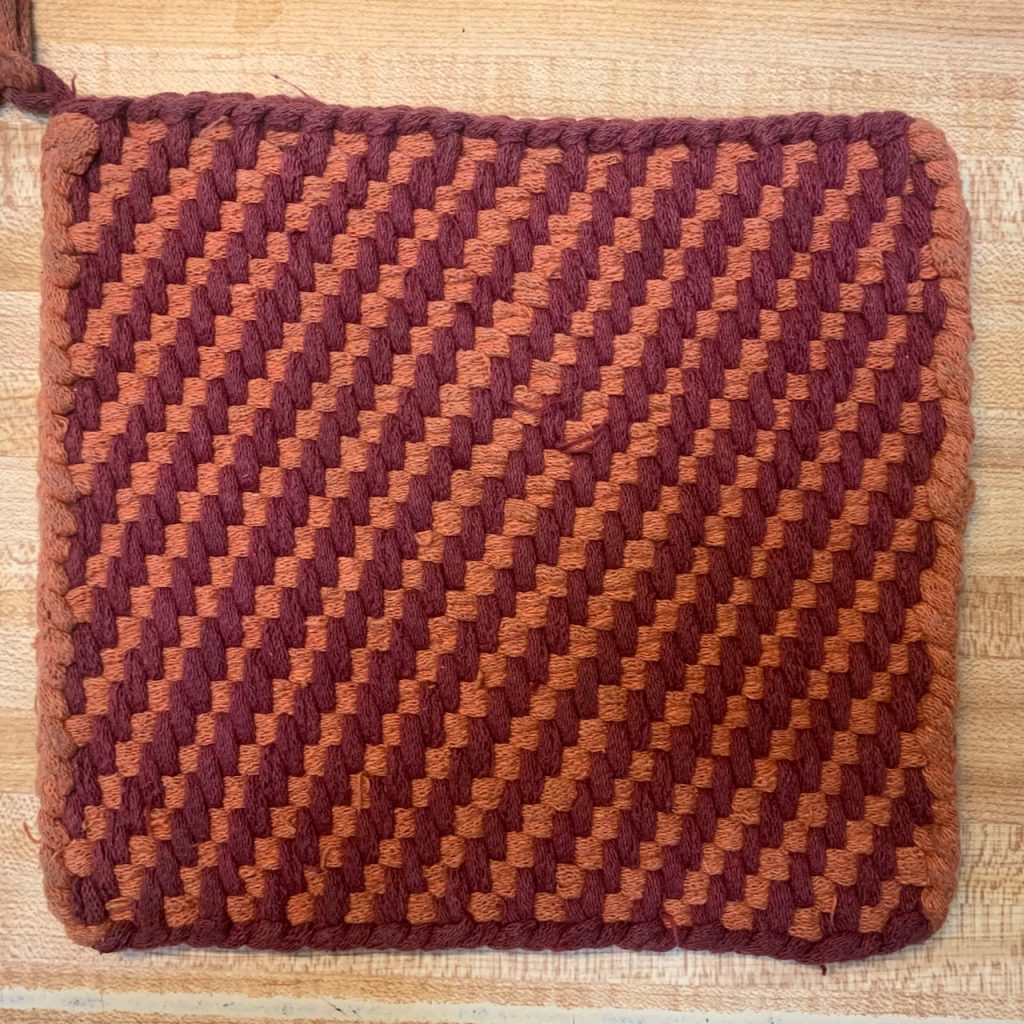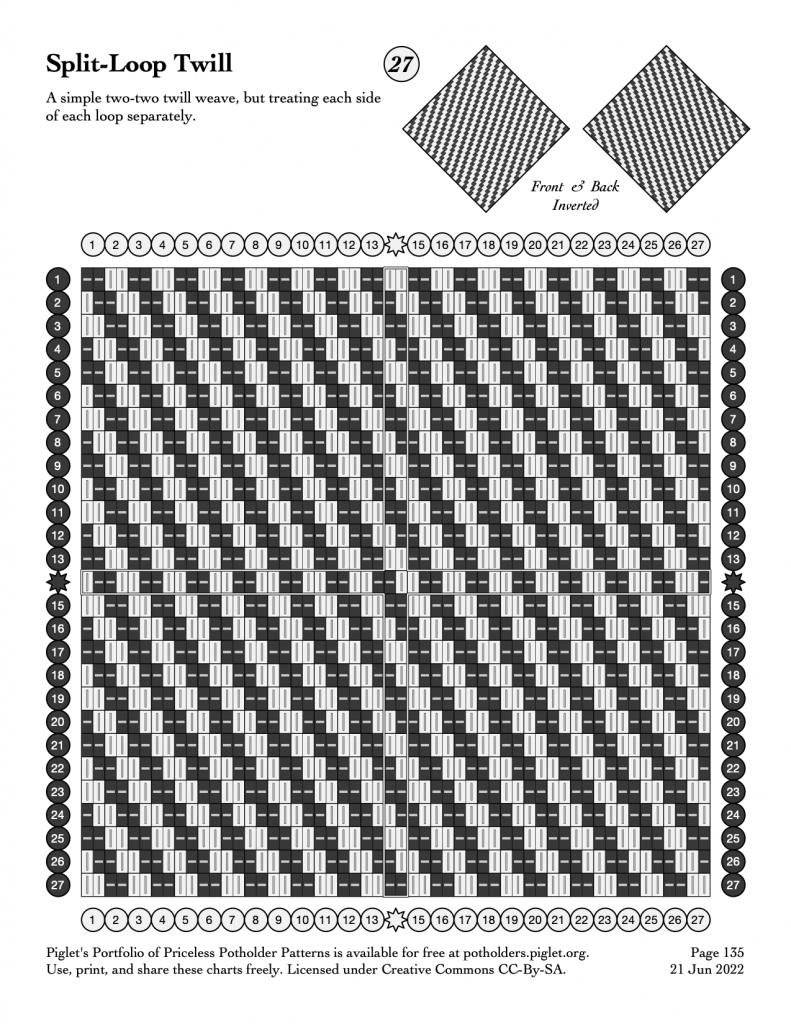We’ve posted a lot of new charts over the last year, but haven’t gotten around to updating the combined PDFs that let you download the entire collection at once.
The turning of the year seemed like a good time to rectify that oversight, and so over the last week I’ve taken a pass through all of our files and published the results as a complete PDF of the 2023 edition.
There is a lot of new content, with 94 new designs bringing our collection up to 343 distinct patterns. More than half of those designs are available in multiple sizes, with 168 new pages giving us a grand total of 528 charts in this edition.
If you’ve already downloaded and printed the December 2022 edition, there’s a separate PDF just of the new charts added in 2023 so you can print those and add them to your existing collection.
Also new in this edition are separate files by weaving style. If you know you particularly like shadow weave, or you only want to work in twills, you can download separate files that contain only those types of charts.
You can further narrow your selection by loom size, as there are separate files for seven-inch (18-peg “traditional”) and ten-inch (27-peg “pro”) looms. All in all, we have almost two hundred charts for seven-inch looms, and just over three hundred charts for ten-inch looms.
We hope these charts are useful to you, and we look forward to seeing what you create!




